Name SS Palo Alto Beam 54 ft (16 m) Launched 29 May 1919 | Tonnage 6,144 GRT3,696 NT Length 128 m Builder Oakland | |
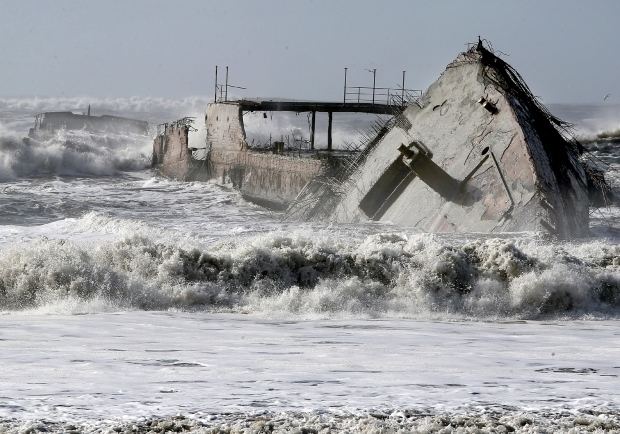 | ||
Fate Grounded as a fishing pier at Seacliff Beach in Aptos, California | ||
Ss palo alto documentary
SS Palo Alto was a concrete ship built as a tanker at the end of World War I. She was built by the San Francisco Shipbuilding Company at the U.S. Naval Shipyard in Oakland, California. She was launched on 29 May 1919, too late to see service in the war. Her sister ship was the SS Peralta.
Contents
She was mothballed in Oakland until 1929, when she was bought by the Seacliff Amusement Corporation and towed to Seacliff State Beach in Aptos, California. A pier was built leading to the ship in 1930, and she was sunk in a few feet in the water so that her keel rested on the bottom. There she was refitted as an amusement ship, with amenities including a dance floor, a swimming pool and a café.
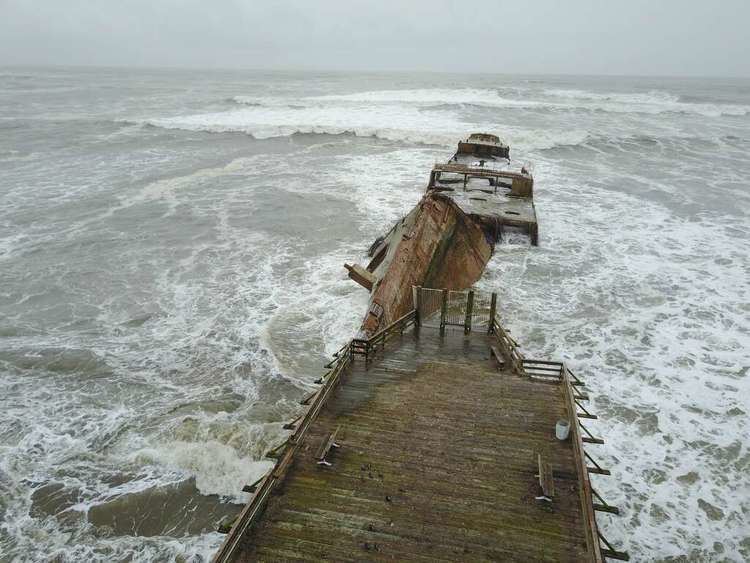
The company went bankrupt two years later during the Great Depression, and the ship cracked at the midsection during a winter storm. The State of California purchased the ship, and she was stripped of her fittings and left as a fishing pier. She was a popular site for recreational fishing, but eventually she deteriorated to the point where she was unsafe for this purpose, and she was closed to the public in 1950. Following an attempt at restoration in the 1980s, she reopened for fishing for a few years, then closed again. The fishing pier opened to foot traffic once again in the summer of 2016, but later closed for repairs.
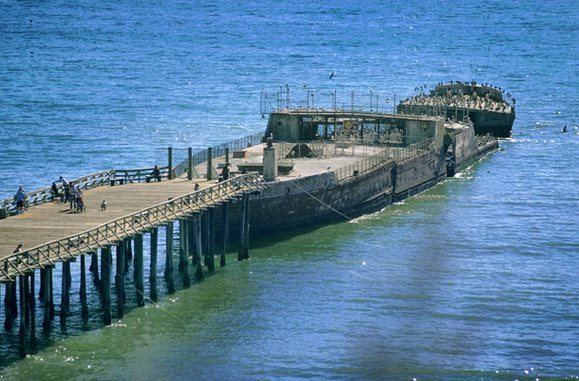
Nicknamed the "Cement Ship," Palo Alto today remains at Seacliff Beach and serves as an artificial reef for marine life. Pelicans and other seabirds perch on the wreck, sea perch and other fish feed on algae that grows in the shelter of the wreck, and sea lions and other marine mammals visit the wreck to feed on the fish.
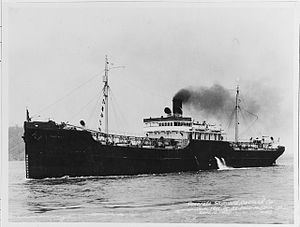
In the spring of 2005, oil found on wildlife nearly two years earlier, killing dozens of seabirds, was traced back to the ship, whose fuel tanks had cracked and were leaking fuel oil. In September 2006, a clean-up project was started that cost an estimated $1.7 million, approximately the cost of the original construction of the ship in 1919. No oil is known to have spilled directly into the ocean, but wildlife experts believe that birds came into contact with oil by entering the ship's cracked hull while diving underwater for fish; during the clean-up, workers pumped 500 U.S. gallons (416 Imperial gallons; 1,893 liters) of oil from the ship and discovered the carcasses of 200 more birds and two harbor seals inside the wreck.
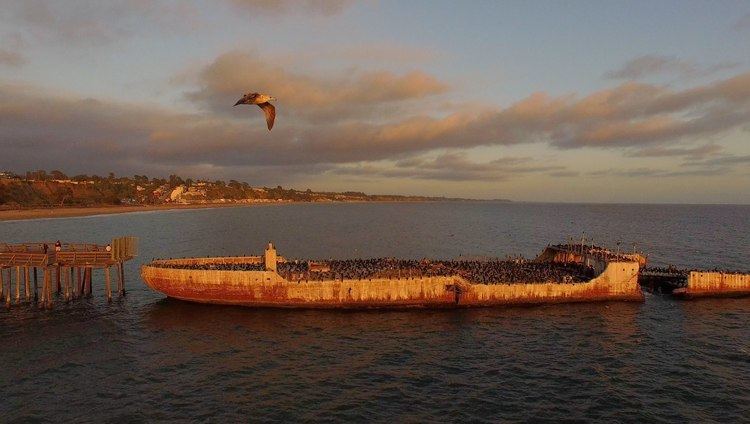
The ship continued to deteriorate after the clean-up. While she had over the decades been broken into four roughly segmented pieces, winter storms in February 2016 pushed the wreck onto its starboard side and broke its rear half open. On January 21, 2017, another winter storm tore the stern off the ship.
